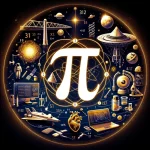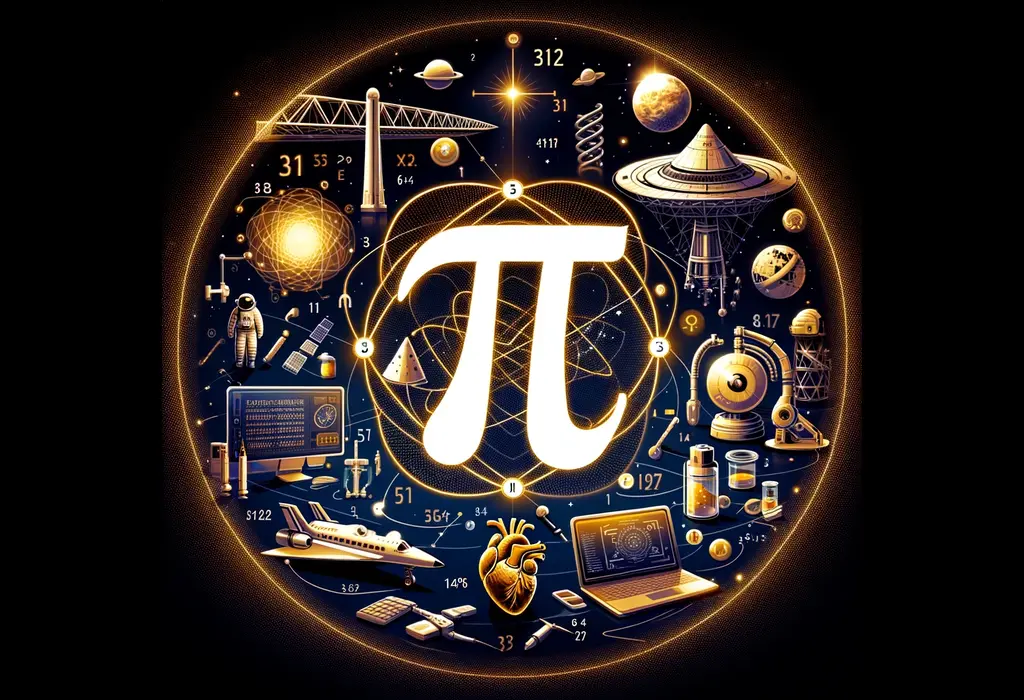Mathematics has always held a certain allure. From the simple elegance of addition to the mind-boggling complexity of quantum mechanics, numbers shape our understanding of the universe. In this digital age, one sequence that stands out is Pi123. But what is Pi123, and why does it matter? Buckle up, because we’re about to dive into the intriguing world of numbers and patterns, where Pi123 emerges as a fascinating player.
What is Pi123?
Pi123 refers to a specific exploration of the mathematical constant pi (π) in a way that highlights the sequence of numbers 1, 2, and 3 within its infinite decimal expansion. Pi itself, as you likely know, is the ratio of the circumference of a circle to its diameter, roughly approximated as 3.14159. The digits of pi go on forever, without repetition or pattern—or so we thought. Pi123 zeroes in on the significance of finding the digits 1, 2, and 3 in pi’s endless sequence.
The Fascination with Pi’s Digits
Why would anyone care about specific sequences within pi? The answer lies in the endless search for patterns within chaos. Mathematicians and hobbyists alike have been fascinated by pi for centuries, not only because of its geometric applications but also because it represents a challenge: an infinite, non-repeating decimal. Somewhere deep within this infinity, you will find every possible combination of numbers. Pi123 is just one example of this endless curiosity.
Why the Sequence 123?
The numbers 1, 2, and 3 are sequential, basic, and recognizable. Finding such a simple and familiar pattern in something as complex and unpredictable as pi is a source of wonder. It’s like finding a needle in an infinite haystack, and for some, that needle holds the key to understanding more about randomness and order in mathematics.
The Occurrence of 123 in Pi
Where exactly does the sequence “123” appear in pi? Surprisingly, it doesn’t take long to find it! The digits 123 first appear at the 447th decimal place in the expansion of pi. While this might seem trivial, it’s the search for such sequences that keeps pi enthusiasts on their toes. The presence of 123 within pi’s vast expanse suggests that, hidden within its chaos, there are islands of order and familiarity.
What Does Pi123 Teach Us About Randomness?
The concept of Pi123 isn’t just a quirky observation—it reveals something deeper about the nature of randomness. Pi is considered an irrational number, meaning it cannot be expressed as a simple fraction, and its decimal expansion never ends or repeats. However, within that randomness, patterns like 123 occasionally pop up. This teaches us that randomness doesn’t always mean disorder; sometimes, it gives birth to familiar sequences, sparking curiosity and discovery.
The Importance of Number Sequences in Mathematics
Mathematics is full of sequences that shape our understanding of both simple and complex phenomena. Fibonacci sequences, prime numbers, and arithmetic progressions are all part of this broader mathematical tapestry. Pi123 fits into this context, showing how even in the most chaotic systems, recognizable sequences can emerge.
Applications of Pi and Its Sequences
You might be wondering if there’s any practical use for finding 123 in pi, or any sequence for that matter. While Pi123 itself may not have direct applications, the study of pi and its sequences has real-world implications. Pi is used in everything from engineering and computer science to physics and cryptography. Understanding more about its patterns could lead to breakthroughs in how we model random processes or secure digital communications.
The Human Obsession with Patterns
Humans are wired to look for patterns. Whether it’s in the stars, the stock market, or the digits of pi, we’re constantly seeking order in chaos. Pi123 is just one manifestation of this obsession. While it may seem like a minor curiosity, it taps into our deeper need to understand the world and find meaning in the seemingly random.
Could There Be More Hidden in Pi?
If we can find 123 in pi, what other secrets might it hold? Mathematicians and data scientists are constantly analyzing pi’s digits, searching for meaningful sequences. While pi itself is infinite, our quest to understand it may never end. Some believe that within its endless expansion, we could uncover clues about the universe itself—or even find our own birthdays!
Exploring Pi with Technology
Today’s technology allows us to calculate trillions of digits of pi, far more than any human could ever need. This opens the door for exciting discoveries. Computers can scan pi’s digits in search of specific sequences, like 123, or analyze its statistical properties to learn more about randomness. Pi123 is just one of the many possibilities that arise when we harness the power of modern computing to explore ancient mathematical mysteries.
How You Can Explore Pi123 Yourself
Curious about Pi123? You can explore the digits of pi yourself using online tools and pi digit finders. Just type in any sequence of numbers, and these tools will tell you where it appears in pi’s decimal expansion. Whether you’re looking for 123 or something more personal, like your phone number, pi holds endless possibilities for exploration.
Pi123 and the Future of Mathematics
As we continue to push the boundaries of mathematics and computation, who knows what else we might discover about pi and its sequences? The beauty of pi is that it represents both simplicity and complexity. Pi123 reminds us that even in the most complicated systems, there’s always room for wonder and surprise.
Conclusion
Pi123 may seem like a small detail in the grand scheme of mathematics, but it symbolizes much more. It’s a window into the strange and beautiful world of numbers, where randomness and order coexist. Whether you’re a math enthusiast or just curious about the hidden patterns in the universe, Pi123 offers a fascinating glimpse into the infinite possibilities of pi. Who knows what other secrets are waiting to be uncovered?
FAQs
1. Is Pi123 a special mathematical discovery?
Pi123 isn’t a groundbreaking discovery, but it highlights how fascinating patterns can emerge from pi’s infinite sequence of digits.
2. Where can I find the sequence 123 in pi?
The digits 123 first appear at the 447th decimal place of pi.
3. Does Pi123 have any practical applications?
While Pi123 itself might not have practical applications, the study of pi and its sequences contributes to fields like cryptography and random number generation.
4. How can I find other sequences in pi?
You can use online tools or pi digit finders to search for any sequence of digits within pi’s decimal expansion.
5. Why are mathematicians obsessed with pi?
Pi is a unique and infinite number that holds both practical applications in science and math and endless fascination for those who seek patterns in randomness.










